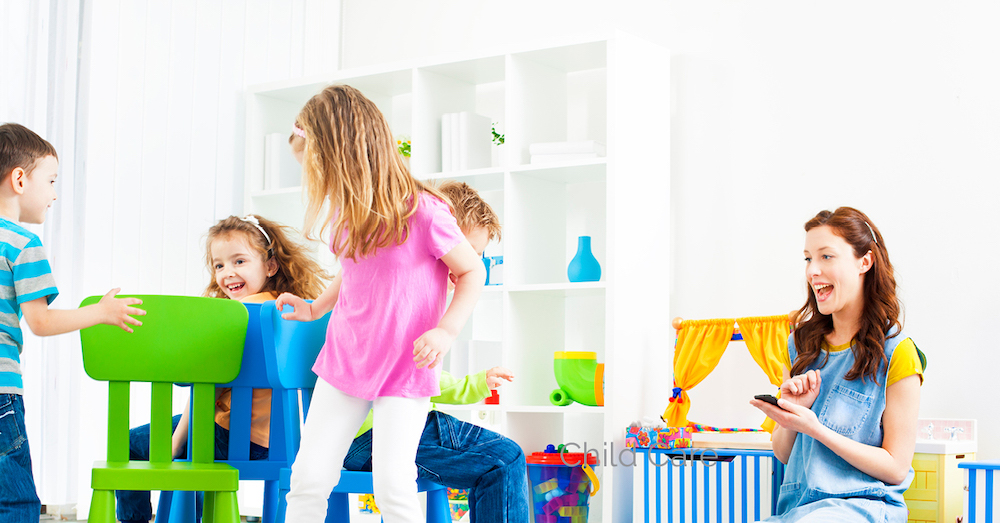Preparing for Preschool: Transition from Toddler to Preschooler
The transition from toddler to preschooler is a significant milestone for children and parents alike. Preschool marks the beginning of a new phase where children step out of the familiar comfort of home or daycare and into a more structured educational setting. This transition is not just about age or physical readiness; it also encompasses emotional and social preparedness. In this text, we will explore how you can gauge your child’s readiness for preschool and discuss some practical tips to ease this important transition.
Emotional and Social Readiness for Preschool
Understanding Separation
One of the first aspects of readiness is how your child deals with separation. For many children, preschool might be the first time they spend extended periods away from parents or primary caregivers. It’s normal for children to experience separation anxiety, but gently preparing them for this change is crucial.
Social Interaction
Preschool also involves interacting with peers and adults in a structured setting. Observe how your child plays with others. Are they able to share, take turns, and play cooperatively? These are important social skills that will help them in a preschool environment.
Communication Skills
Being able to express needs and wants verbally and understanding simple instructions are important skills for preschoolers. They don’t need to be eloquent speakers, but basic communication skills will help them greatly.
Emotional Maturity
Preschool requires a certain level of emotional maturity. This doesn’t mean your child won’t have difficult moments, but being able to recognize and express their emotions in a healthy way is a positive sign of readiness.
Tips for Parents to Ease the Transition
Start the Conversation Early
Begin talking about preschool in a positive and exciting way well before it starts. Read books about preschool, discuss what they can expect, and express your confidence in their ability to handle this new adventure.
Establish Routines
Preschool comes with a more structured day. Ease this transition by establishing consistent daily routines at home, especially when it comes to morning preparations, meal times, and bedtime.
Visit the Preschool
If possible, visit the preschool with your child before their first day. Familiarizing them with the new environment, their teachers, and perhaps even some classmates can alleviate fears of the unknown.
Encourage Independence
Encouraging independence in small, age-appropriate ways can boost your child’s confidence. This can include self-dressing, packing their backpack, or helping with simple chores.
Stay Positive and Supportive
Your attitude towards preschool will greatly influence your child’s perception of it. Stay positive and show enthusiasm about this new chapter. After the preschool day, show interest in what they did, whom they played with, and what they learned.
Gradual Goodbyes
When the big day comes, keep your goodbyes short and sweet. Prolonged farewells can increase anxiety. Reassure them that you’ll be back after school and that they’re going to have a great time.
Create a Goodbye Ritual
A special handshake, a hug, and a kiss, or a fun saying can become a comforting goodbye ritual for your child. This can provide them with a sense of security and routine.
Conclusion
Transitioning to preschool is a significant milestone for both toddlers and their parents. It’s a journey filled with mixed emotions, challenges, and exciting developments. Remember that every child is unique and will adapt to this change in their own time and way. Your support, encouragement, and understanding play a critical role in making this transition as smooth and positive as possible. Here’s to your child embarking on this exciting journey of learning and discovery in preschool!
